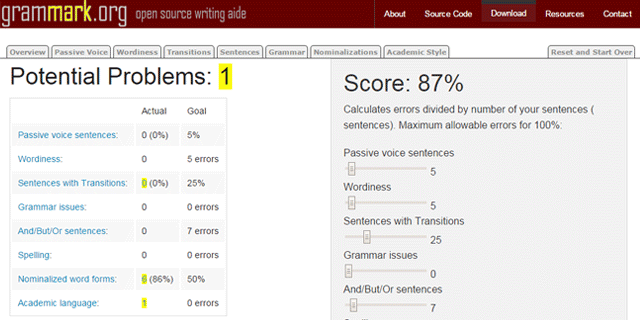

Health literacy encompasses a variety of experiences and personal resources related to healthcare and may change over time as the personal and societal context changes. Although lower socioeconomic status, lower educational attainment, and poor health literacy are not synonymous, the concepts overlap in populations vulnerable to poor health outcomes. Lower socioeconomic status correlates with higher risk of morbidity from chronic disease. In 1997, Ebrahimzadeh, Davalos and Lee reported on the average readability levels of ophthalmic patient educational materials from the American Academy of Ophthalmology (AAO) and found that only 32% were written at or below the eighth-grade reading level. Written materials, including discharge instructions, consents, and patient educational materials, are often written at readability levels above the skills of many patients. Perhaps more concerning, over 10 percent of subjects possessed health literacy skills at the third grade level or below. In a sample of 200 subjects with glaucoma, we found that, although three-quarters of subjects reported having graduated from high school, less than half could read at a ninth-grade level or above. In patients with glaucoma, poor health literacy is associated with poor medication adherence, worsening of the visual field, poor disease understanding, and increased self-reported dependency. In a study of more than 400 subjects with type 2 diabetes, possessing poor health literacy skills was independently associated with prevalence of diabetic retinopathy. In recent years, attention to the problem of poor health literacy has included investigation into the relationship between health literacy status and ophthalmologic disease. On the societal level, poor health literacy is associated with increased medical costs and inefficient use of healthcare services. Perhaps as a consequence, poor health literacy is associated with more frequent hospital admissions and increased mortality. Patients with inadequate health literacy are more likely to demonstrate a poor understanding of their disease and less likely to adhere to the prescribed treatment regimen than their more literate peers.

Poor health literacy negatively impacts individual health outcomes and the healthcare system as a whole.

In practical terms, a person with inadequate health literacy skills cannot properly read and act on instructions on a prescription label nor understand a consent form. In 2003, the National Assessment of Adult Literacy reported that more than 75 million adult Americans possess basic or below basic health literacy skills. 1 Of particular interest to healthcare providers is the newer concept of “health literacy.” The American Medical Association's Council on Scientific Affairs defines health literacy as “the ability to apply reading and numeracy skills in a healthcare setting. The National Adult Literacy Survey of 1992 revealed that nearly one fourth of the American adult population is functionally illiterate. Optimizing patient education and improving clinical outcomes requires understanding the attributes that the patient brings to the patient–physician relationship, including health literacy.įrom a patient information sheet: “Therefore, patients should be monitored for extraocular CMV infections and retinitis in the opposite eye, if only one infected eye is being treated.” Examples of prose at various readability levels are provided. We review the readability of currently available ophthalmic educational materials, with particular attention to the health literacy status of the patient population for which the materials are intended. Subsequently, investigators have shown that poor health literacy skills are associated with poor prescription medication adherence, increased hospital admissions and increased mortality. Since that time, the National Assessment of Adult Literacy found that more than one third of adult Americans possess only basic or below basic health literacy skills, defined as the ability to understand written information in a healthcare setting. Values can theoretically start at -3.40 and end at Infinity.In 1997, Ebrahimzadeh, Davalos and Lee wrote in this journal that only 32% of the ophthalmic patient educational materials reviewed were written at or below the recommended eighth grade reading level. grade level associated with the document. ( sentence), and the number of syllables ( syllable) in a document, returns Given an object containing the number of words ( word), the number of sentences This package exports the following identifiers: fleschKincaid.


 0 kommentar(er)
0 kommentar(er)
